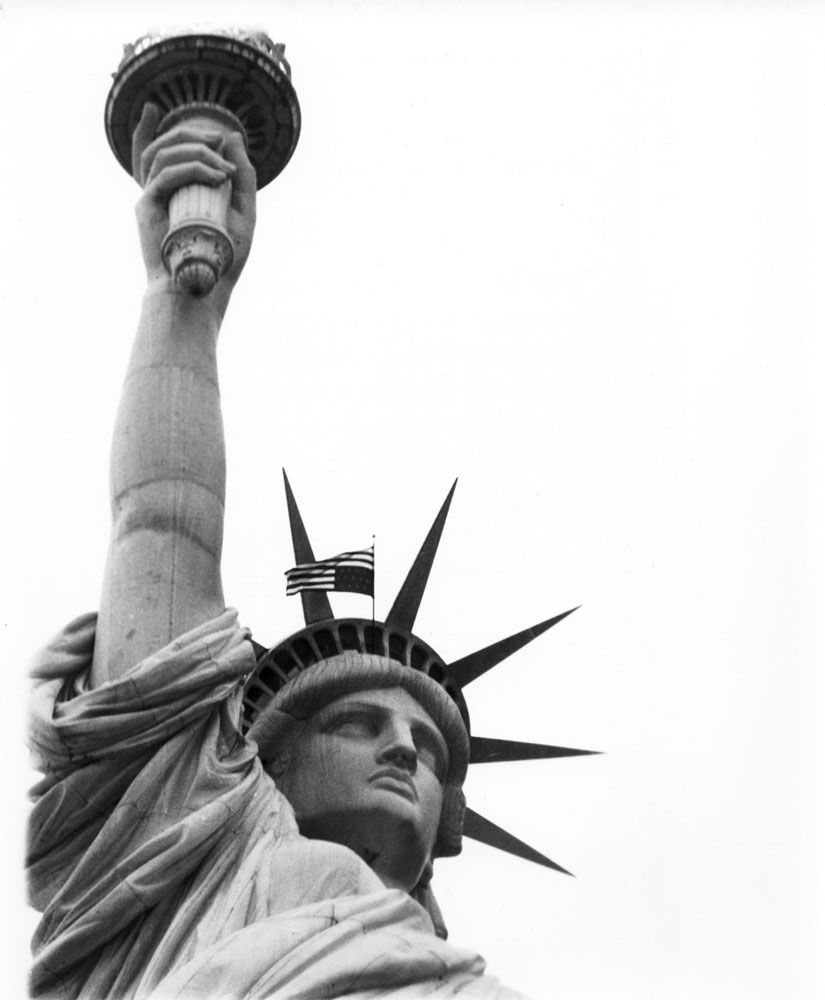 Download PDF of this full issue: v53n2.pdf (27.4 MB)
Download PDF of this full issue: v53n2.pdf (27.4 MB)From Vietnam Veterans Against the War, http://www.vvaw.org/veteran/article/?id=4249
 Download PDF of this full issue: v53n2.pdf (27.4 MB) Download PDF of this full issue: v53n2.pdf (27.4 MB) |
In April 2019, I interviewed Jim Murphy at his home in Ithaca, New York, for an ongoing research project on the iconic graphics and images of GI resistance and veteran anti-war movements. Jim and I had been friends for a few years, organizing the local Warrior Writers workshop together. We chatted and sipped coffee at his kitchen table while his golden retriever, Micho, sat by our feet. Though Jim had started undergoing cancer treatments about a month earlier, including surgery to remove a kidney, he was in good spirits—his mind remained sharp until his passing in June 2023. What follows is an excerpt from our hour-long interview on his anti-war organizing, specifically the execution of VVAW's 1971 Statue of Liberty occupation.
Kevin: Where did the idea for the takeover come from?
Jim: Following the Winter Soldier testimonies and the Dewey Canyon III National Mall occupation in the first half of 1971, someone came up with the idea for a camping occupation at Valley Forge—Operation Peace on Earth. It was probably just a group of [VVAW members] sitting around and wanting to do something.
Christmas Eve, VVAW assembled at Valley Forge. There were symbolic actions. We planted trees to represent our dead brothers in Vietnam. Because we were all veterans, we were often allowed to do things other peace groups weren't. We had a roaring campfire, tents set up in a huge circle around it. Three thousand people there. Somebody donated cases and cases of Boone's Farm wine—which was horrible but fine by us!
A bunch of actions happened as part of the operation. For example, painting the driveway into [war contractor] Honeywell's headquarters with blood—half the employees refused to drive over it. A group of VVAW members went over to New Jersey to the church of a pro-war Christian group, Victory in Vietnam, and carried a flag-draped coffin down the aisle to the podium and made a speech in the middle of their midnight mass. The Lincoln Memorial was also taken over in an amnesty demonstration.
Members Ray Grodecki and Bob Clarke, they came up with the Statue of Liberty idea, which we had been planning since August of that year, meeting in Philadelphia at a feminist revolutionary bookstore.
We had fifteen guys for the takeover. We left Valley Forge for New York City on Christmas to do the action the following day.
Kevin: How did you execute the takeover? How did you get the iconic inverted American flag atop the Statue?
Jim: Ray and Bob did lots of recon leading up to the takeover. We knew the spiral stairs going up the Statue's arm had a screen mesh gate with two locks on it. We knew how many feet to the top and how many vets we could hide up there.
Throughout the day, in groups of two or three, we rode over to the island on the tourist boat. Ray and Bob had bolt cutters under their winter coats. They cut one of the locks on the door, allowing the screen to bend back far enough so we could slide through.
I spent my day looking out over the harbor through the lamps in the torch. We brought a reporter to interview us. He was really nervous so, after interviewing us, he left early. Quietly, we waited all day for the tourists and employees to leave. At the time, the Statue only had one night watchman. We came out of the arm and found him at the front gate. We said we aren't going to do anything to the Statue of Liberty; we're just here to protest the war, and you're welcome to stay with us. He immediately took off and called the police. The immigration museum there was under construction at the time, so there was steel rebar to barricade all the doors. There were flags on site. We grabbed one, took it upstairs, poked a screen out of one of the windows in the crown and attached it. A New York Times photographer took the photo.
Soon there were two or three reporters at all four entrances. Although each vet there had different politics, the message we stuck to was "Bring our brothers home." We stuck with that, and everyone shared their stories, giving interviews through the cracks of the doors. When park police showed up, they realized they couldn't really do anything because there was so much press there. We had a lawyer, too. After two days, we held a vote, which determined that we would leave. We left quietly, and they didn't arrest us. Then, we were in media demand. We did a press conference. I went on the Dick Cavett show and talked about what I saw and did in Vietnam: the pit burials, the dead bodies. We did a couple other talk shows and many interviews.
The takeover and all that followed was fun, and it made all of us feel so good. We needed that at the time.
Kevin Basl is an Iraq War veteran, anti-war activist, and author of Midnight Cargo: Stories and Poems.

|

|